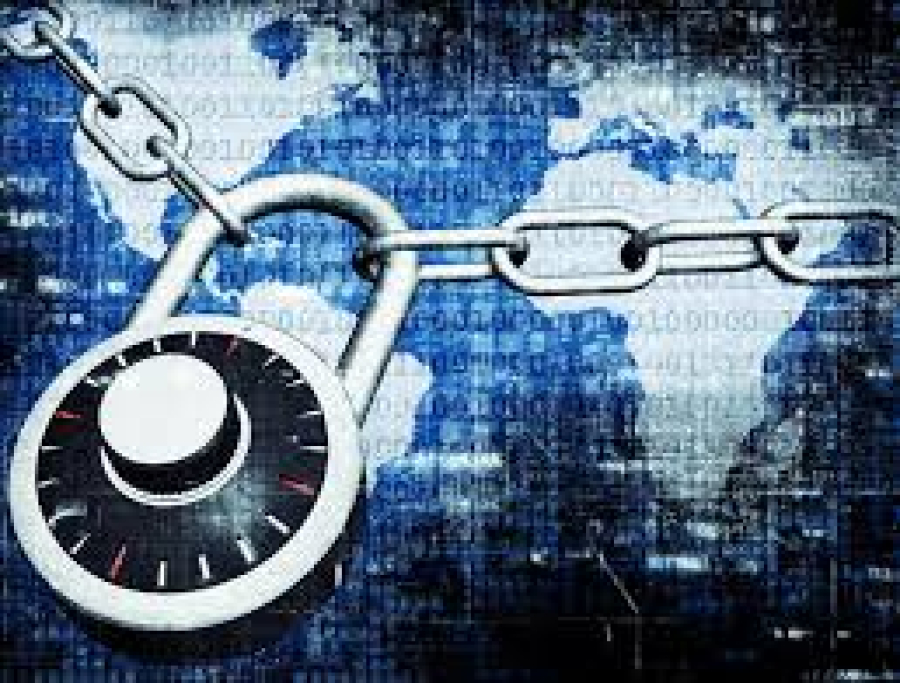How to Protect User Privacy in Web Applications
In today's digital world, user privacy is a critical concern for web applications. With increasing cyber threats, data breaches, and strict privacy regulations like GDPR, CCPA, and HIPAA, developers must ensure that sensitive user information is collected, stored, and processed securely.
At FreelancerBridge, we understand the importance of safeguarding user data. This guide will help you implement best practices for user privacy protection, ensuring compliance and maintaining user trust in your web applications.
Why User Privacy Matters?
🔒 Builds Trust – Users are more likely to engage with websites that protect their personal data.
🔒 Prevents Data Breaches – Protects sensitive user data from hackers and unauthorized access.
🔒 Ensures Legal Compliance – Helps meet privacy regulations such as GDPR, CCPA, and HIPAA.
🔒 Reduces Cyber Risks – Minimizes risks of identity theft, phishing, and fraud.
Best Practices for Protecting User Privacy
1. Implement Data Encryption
✔ Use SSL/TLS (HTTPS) to encrypt data in transit.
✔ Encrypt stored data with AES-256 encryption.
✔ Protect sensitive fields like passwords, credit card details, and API keys.
2. Follow Privacy Regulations (GDPR, CCPA, HIPAA)
✔ Provide clear privacy policies explaining data collection.
✔ Allow users to access, modify, or delete their data.
✔ Obtain explicit user consent before collecting personal data.
3. Minimize Data Collection
✔ Collect only necessary user information.
✔ Avoid storing unneeded personally identifiable information (PII).
✔ Anonymize or pseudonymize data where possible.
4. Secure User Authentication & Access Control
✔ Use strong password policies and multi-factor authentication (MFA).
✔ Implement role-based access control (RBAC) to limit data access.
✔ Regularly audit user access permissions to prevent unauthorized access.
5. Protect Cookies & Sessions
✔ Use secure, HTTP-only cookies to store session data.
✔ Implement session timeouts and automatic logouts after inactivity.


 by Emily
by Emily




